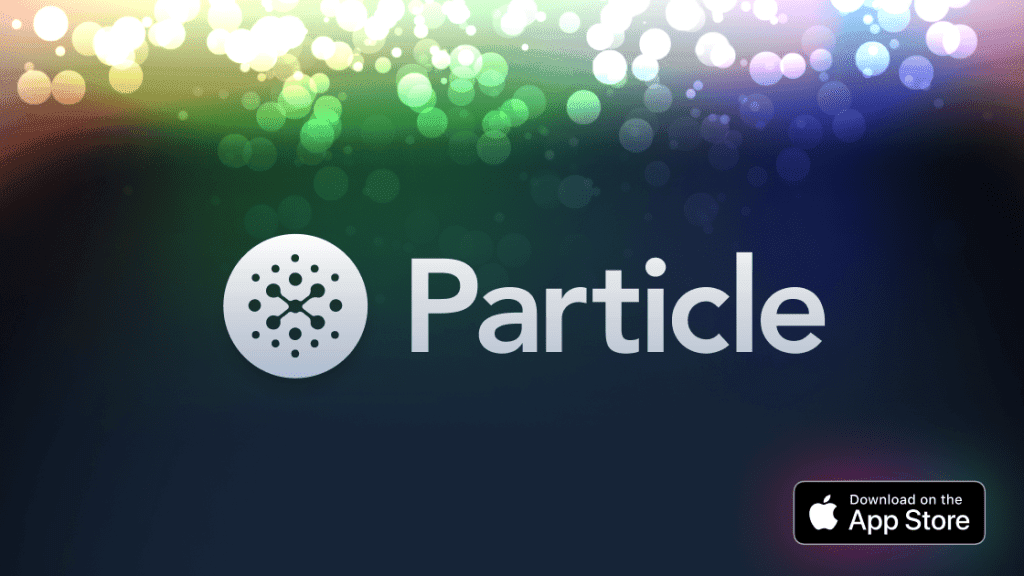
In the current media landscape, artificial intelligence has not been particularly well-received by publishers and journalists. This stems from the fact that AI technology has often been used to replace journalists or to gather information without crediting original sources. Instead of driving traffic back to news publishers as search engines once did, some AI systems use published content to feed their own data needs without providing any returns to content creators. Against this backdrop, Particle, an AI-powered newsreader created by former Twitter engineers, aims to take a different approach by using AI in a way that benefits both readers and publishers.
Founded by Sara Beykpour, previously a senior director of Product Management at Twitter, and Marcel Molina, a former senior engineer at Twitter and Tesla, Particle seeks to enhance the news-reading experience through AI while supporting publishers. With $4.4 million in seed funding and an additional $10.9 million Series A led by Lightspeed, Particle’s mission is to give readers a deeper understanding of news stories while encouraging engagement with original publishers.
For readers, Particle offers a range of tools designed to make news content easier to understand. Beyond simple summaries, the app provides various options for interacting with news articles. Users can choose modes like “Explain Like I’m 5” for simplified explanations, “just the facts” summaries covering the essentials (who, what, when, where, and why), and even audio summaries for easy listening on the go. Readers can translate content into other languages and extract important quotes and reference links, all thanks to Particle’s AI-powered features.
Unlike other AI tools that may repurpose content without compensation, Particle has structured partnerships with several major news organizations, including Reuters, AFP, and Fortune. Through these partnerships, participating publishers receive prominent placement in the app, with their links highlighted in gold. This setup is designed to increase click-through rates back to publishers’ sites. According to Particle, early testing shows that this design encourages readers to visit publisher websites, though it remains to be seen if this trend will continue as the app expands beyond its beta testers.
To make navigation simple and intuitive, the app includes large clickable areas that guide readers to publishers' websites. Additionally, journalist bylines appear with profile links, allowing users to read more of an author’s work. Particle’s team is also in talks with publishers about potentially offering users access to paywalled content in a way that is beneficial to all parties involved.
One of Particle’s standout features is an AI chatbot that lets readers ask questions related to an article. For instance, while reading about policies on immigration, users could inquire about potential legal or financial implications, and the chatbot will provide fact-checked responses. Powered by OpenAI’s GPT-4o, GPT-4o mini, and other advanced AI systems, this function includes a final step where Particle’s AI gathers supporting information to substantiate the answers, ensuring accuracy.
Another feature, “Opposite Sides,” aims to present multiple perspectives on the same story. This feature displays a spectrum that indicates how a story is covered across ideologically diverse sources, allowing users to explore different viewpoints. Unlike earlier attempts by other news apps, Particle’s approach visually indicates where content falls on the political spectrum and provides summaries of opposing views, offering users a broader understanding of current events.
Particle’s tech stack includes GPT-based models and other AI tools from Google and Anthropic, which enable it to process and present information effectively. The AI system goes through a thorough processing pipeline to extract the most relevant points, quotes, and links, and prioritizes them to ensure readers receive high-quality information.
Currently available as a free download on iOS for iPhone and iPad, Particle continues to refine its platform. As it grows, Particle plans to incorporate human editors to assist with content management and curation. This approach of combining AI with human oversight aims to create a balanced news app that enhances the reader experience while also supporting the media industry.